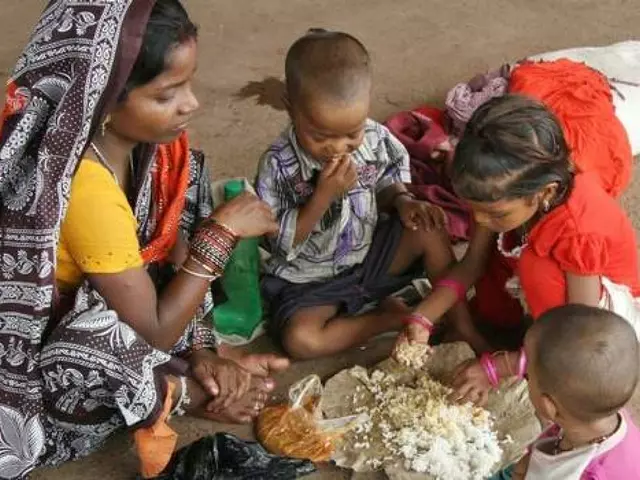Poverty in South Asia: What You Need to Know
Every day, millions of people across India, Pakistan, Bangladesh, Nepal, Sri Lanka, Bhutan and the Maldives struggle to meet basic needs. While the region has seen impressive economic growth, poverty remains stubbornly high. Understanding the numbers, the root causes, and the actions that actually work can help anyone—from policymakers to everyday readers—make sense of this complex issue.
Current Poverty Numbers and Trends
According to the latest UN reports, about 30% of the South Asian population lives below the international poverty line of $2.15 a day. Bangladesh has made the biggest strides, cutting its poverty rate by half in the last two decades. India, with its huge population, still has over 200 million people in poverty, while Pakistan and Nepal hover around 25% each. These figures matter because they guide where aid and investment should flow.
Why Poverty Persists: Key Drivers
One big driver is the gap between urban and rural incomes. Cities attract jobs in tech and services, but rural areas still rely on low‑paid agriculture. Lack of quality education is another hurdle—children who miss school are less likely to earn stable wages later. Finally, limited access to credit means small entrepreneurs can’t expand businesses, keeping them stuck in low‑profit cycles.
Health also plays a hidden role. When families can’t afford medical care, illnesses drain savings and push them back into poverty. This creates a vicious circle where poor health leads to lost work days, which then reduces income, making it harder to pay for treatment.
Gender inequality adds another layer. Women in many South Asian societies face barriers to education and formal employment, so household incomes stay low. Empowering women through micro‑loans and skill training has shown measurable drops in poverty levels in pilot projects across India and Nepal.
So, what’s actually working? Governments that invest in universal primary education see sharper drops in poverty. Conditional cash transfer programs—where families receive money if kids attend school—have boosted school enrollment in Bangladesh and reduced child labor. On the private side, digital payment platforms are giving remote workers a way to receive wages securely, cutting out costly middlemen.
Non‑governmental organizations also play a vital role. Community‑based water projects reduce the time women spend fetching water, freeing up hours for income‑generating activities. Similarly, agricultural cooperatives help farmers get better prices for their crops, increasing household earnings.
Technology is a game‑changer too. Mobile internet access lets small traders reach wider markets, while online education platforms provide free skill courses to people in the most isolated villages. When coupled with government support, these tools can accelerate poverty reduction faster than any single policy.
Ultimately, tackling poverty in South Asia requires a mix of smart policies, community action, and tech‑driven solutions. By keeping the focus on education, health, gender equity, and financial inclusion, the region can turn the tide and give millions a better shot at a stable, dignified life.
Living in poverty in India is a daily struggle marked by hardships and limited access to basic necessities. Many poor people in the country live in overcrowded slums, earning meager incomes from informal labor or street vending. Access to clean water, nutritious food, healthcare, and education is often a luxury they can't afford. The lack of proper sanitation facilities and safe housing further adds to their misery. Despite these challenges, their spirit of resilience and hope often shines through.




